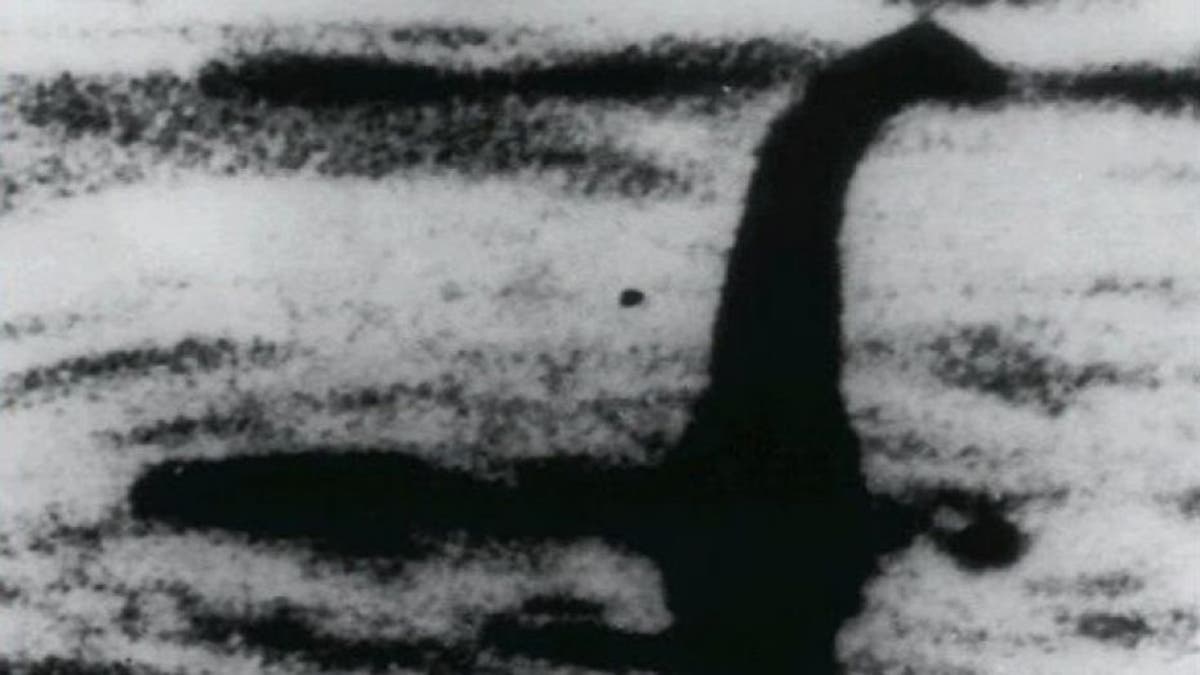Fox News Flash top headlines for July 23
Fox News Flash top headlines for July 23 are here. Check out what's clicking on Foxnews.com
First, they came for the aliens. Then, they came for the Bermuda Triangle. Now, they're coming for the Loch Ness Monster.
Following in the footsteps of the "Storm Area 51" and "Storm the Bermuda Triangle" events, a Facebook group has been created in an attempt to find the legendary creature known as "Nessie". More than 21,000 people have signed up for the "Storm Loch Ness" event, created by Bryan Richards.
“The time is now for us to find dat big boi," the event reads.

FILE -This is an undated file photo of a shadowy shape that some people say is a photo of the Loch Ness monster in Scotland. For hundreds of years, visitors to Scotland's Loch Ness have described seeing a monster that some believe lives in the depths. Now the legend of "Nessie" may have no place to hide. Researchers will travel there next month to take samples of the murky waters and use DNA tests to determine what species live there. (AP Photo, File)
An additional 43,000 people have replied they are "interested" in the event.
News of the event was first reported by the BBC. The news outlet said that volunteer Royal National Lifeboat Institution, which monitors Loch Ness, does not have the resources to handle the mass of people, if they all show up.
"With no US Army involved, Loch Ness looks a little less hazardous than storming Area 51, but here we have our own set of problems," a spokesman told the BBC. "Our Atlantic 85 lifeboat has an impressive survivor-carrying capacity, but even that will be stretched by the 'attendees' of this event."
People have been searching for the legendary Loch Ness Monster with no concrete results. However, the loch itself is very real and can be dangerous, depending on weather conditions, the spokesman added.
It would be a momentous occasion if any of the 21,000 strong group did find evidence of a creature that has evaded Nessie hunters for years. Reports of a creature living in the loch first surfaced nearly 1,500 years ago, in the sixth century.
A new study published in April in the scientific journal Earth Sciences History theorizes that the sea serpent reports of the early 19th century were heavily influenced by early dinosaur fossil discovery.
The legend of the Loch Ness monster has commonly been attributed to a plesiosaur that somehow managed to survive the mass extinction event that killed off the dinosaurs.
LOCH NESS MONSTER: THIS IS SCOTLAND'S PLAN IF THE FABLES BEAST IS CAUGHT
In May 2018, researchers said they would investigate the waters of Loch Ness in Scotland and use environmental DNA sampling of the waters to try and identify everything that swims in it.

